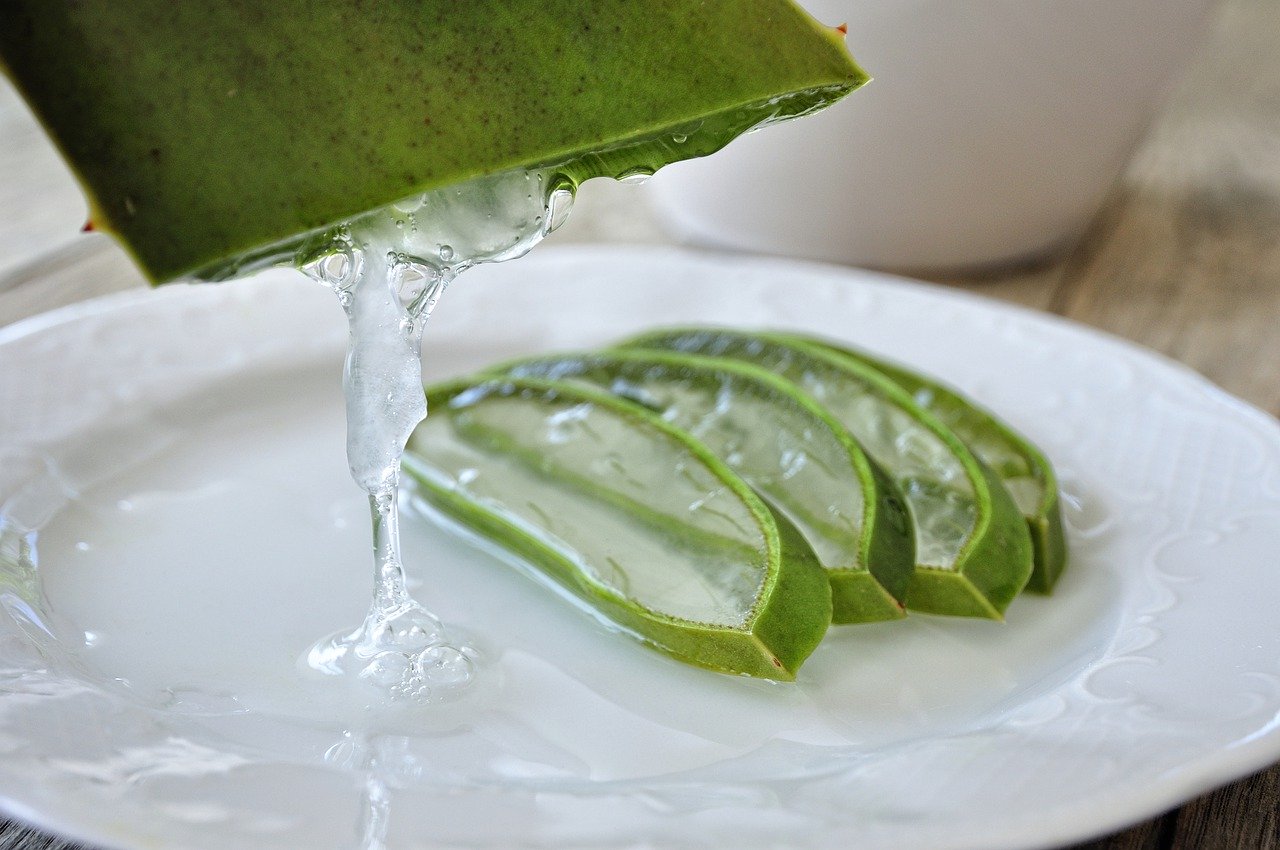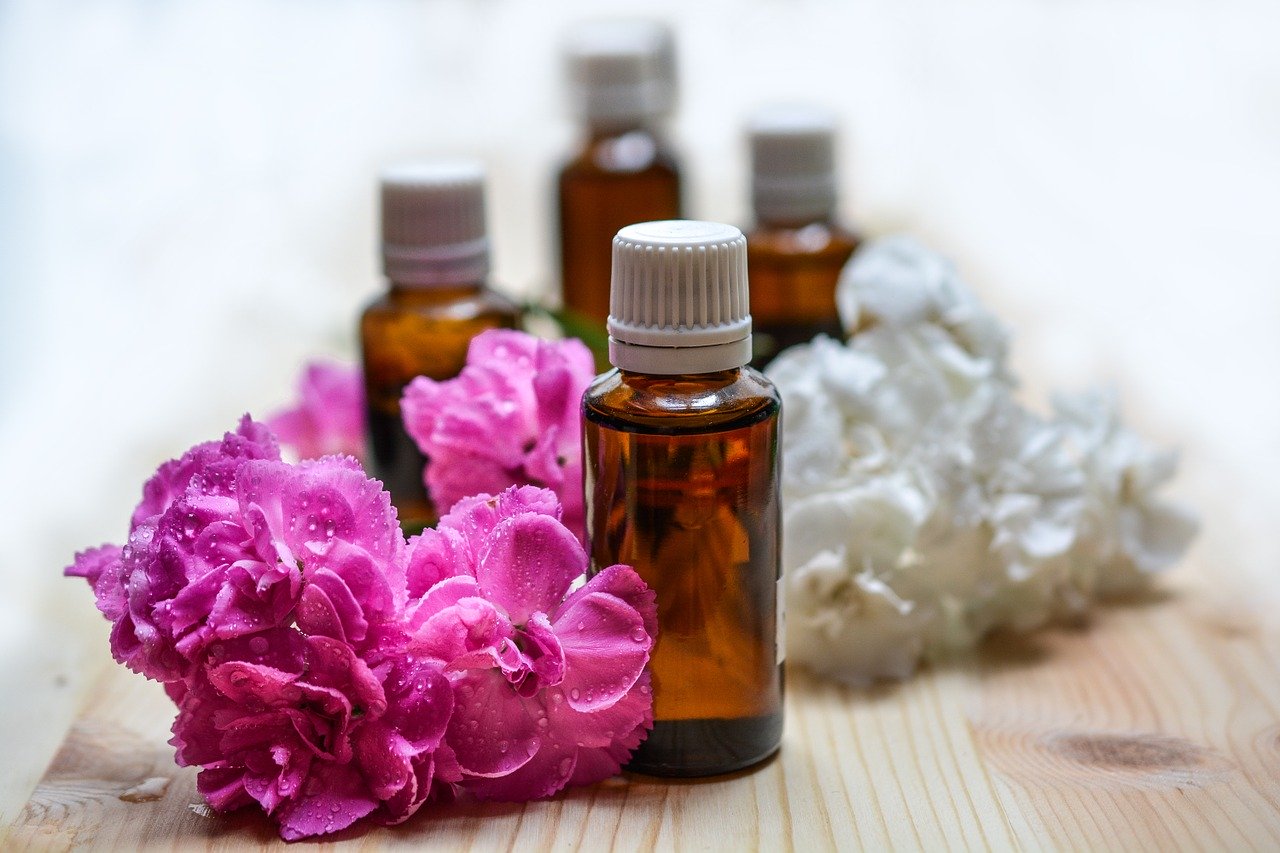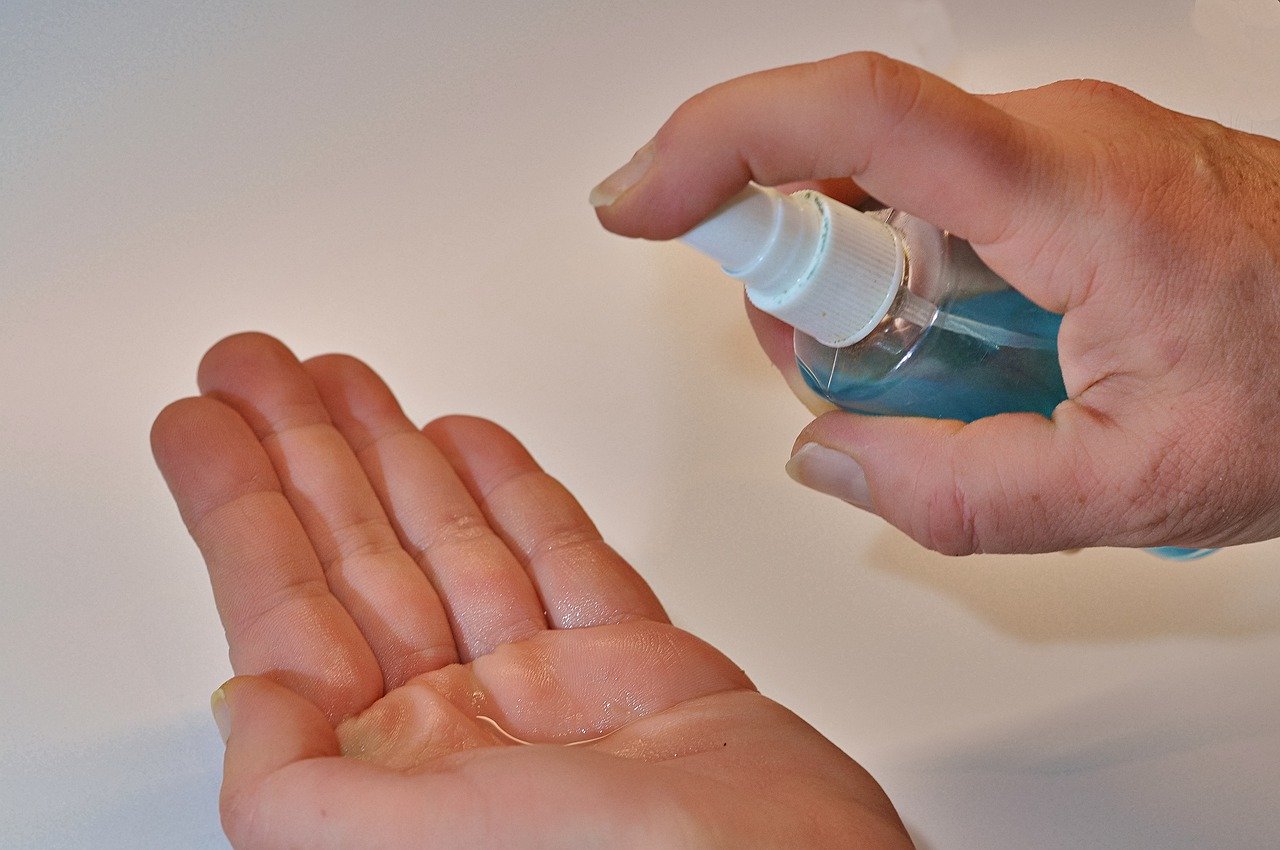How to make an effective antiseptic with your own hands
Surely you will not be able to surprise you with a recipe for a homemade antiseptic recommended by WHO. But this product has several disadvantages, the main one being the high concentration of alcohol, which leads to irritation of sensitive skin. And the strong smell can hardly be called pleasant.
It is because of these reasons that some people are forced to abandon the standard homemade antiseptic, adjusting its composition to suit their needs. We present to your attention some of these recipes.

The content of the article
Antiseptic for sensitive skin
This recipe is also not complete without alcohol - a substance that is guaranteed to kill viruses. But the impact of this component is softened due to the high aloe content. It is important to understand that only the juice of this plant is suitable for preparing an antiseptic; extracts and tinctures will do a much worse job of protecting the skin.
The recipe is simple: combine 2 parts ethyl alcohol and 1 part aloe juice, mix thoroughly (preferably with a whisk) and pour the resulting mixture into bottles.
On a note! To avoid carrying a large bottle of homemade antiseptic with you, you can pour it into old nasal spray bottles or those used for bottled perfume.

Fragrant recipe
To prepare this option, the standard recipe from the World Health Organization does not need to be changed.We take the same 400 ml of ethyl alcohol, 7 ml of glycerin, 20 ml of 3% hydrogen peroxide and 50 ml of boiled or distilled water. The only addition is 10-15 drops of essential oil (any).
It is allowed (and some doctors encourage) replacing hydrogen peroxide with chlorhexidine, which has a bactericidal effect.
The prepared mixture still has a rather pungent odor of alcohol. However, within 20–30 seconds after treating your hands, not a trace of this smell will remain - your hands will smell not like a hospital, but like an expensive perfume.

Useful tips
If pure alcohol is not found, it can be replaced with any alcoholic drink with a strength of 60–70%. Then water is excluded from the antiseptic recipe.
To treat surfaces that your hands come into contact with (from credit cards to door handles), you can prepare a simplified version of the antiseptic: dilute 3 parts alcohol with 1 part water (30–35 ml of water is needed per 100 ml).
When making a standard antiseptic recommended by WHO, which is planned to be used to wipe surfaces, it is recommended to exclude glycerin from the composition of the product. It is needed to moisturize the skin of the hands, but it can leave unpleasant stains on furniture.
Well, according to our new tradition - a useful video on the topic of antiseptics, with a recipe for preparing the product at home:





